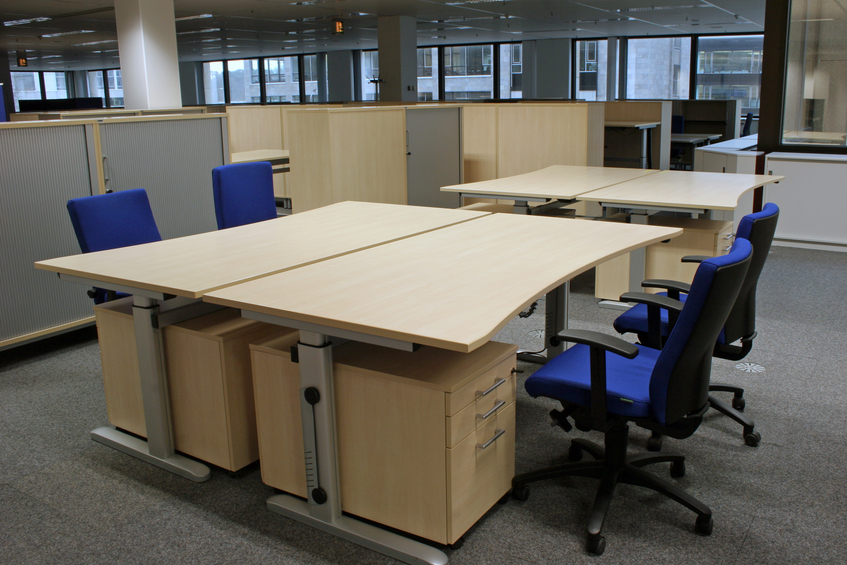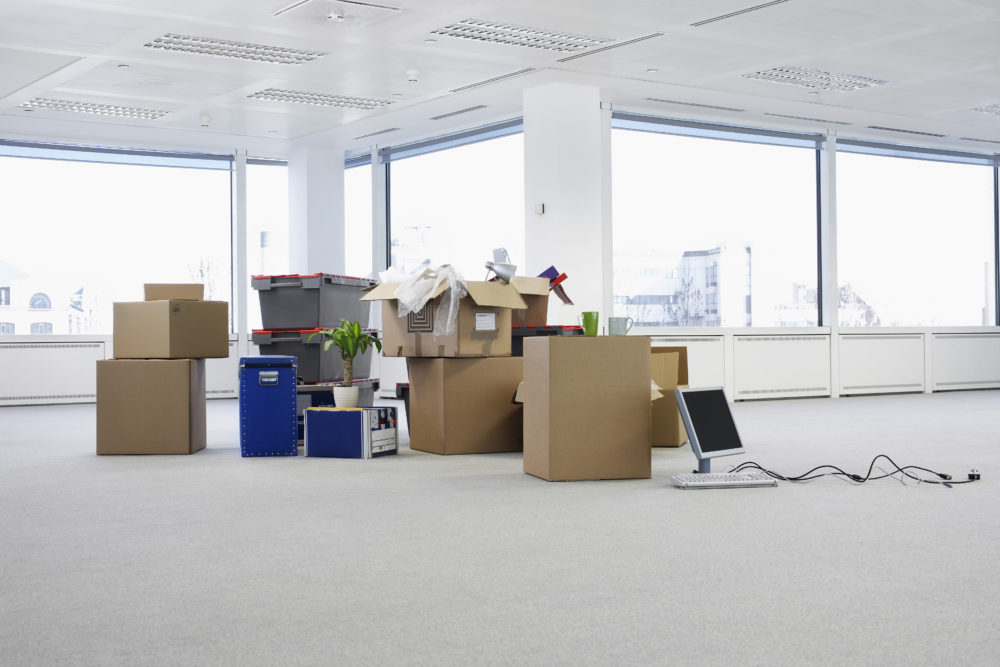Seven key tips for office moves.
1) Planning the move
Once you have decided to relocate a business, it’s important to contemplate the implications of the office move with regards to the costs involved, the extent of its impact on the day-to-day running of the business and how employees will be affected. If this stage is carried out thoroughly, you will be able to identify any potential cost savings and ensure that the move runs as efficiently as possible.
2) Create a Relocation Timeline
If possible, plan your move around a quiet time in your business activity and ensure that it won’t conflict with promises you’ve made to your customers. In your timeline, include any fit out of the new office, furniture installation, building works, IT and telecoms installations and the main relocation itself.
3) Appoint a Relocation Project Co-ordinator
A project co-ordinator will be the main point of contact between the company and any contractors, as well as your employees. By having an individual – who can be an employee – dedicated to the relocation, you can be assured that any delays or potential hiccups will be identified as early as possible, allowing you the opportunity to act accordingly.
4) Keep Employees Updated
Employees will be the end users of the new premises and, if they are kept informed about what is happening, it will help to make the transition easier for everyone. Larger organisations should consider appointing a ‘move champion’ from each area or department to regularly meet with the project team. This will provide you with a good opportunity to address the concerns of your staff.
5) Allow Time for Packing and Cleaning
Remember to allow sufficient time for items to be packed and transferred and for any waste to be cleared. It is important to make sure you have enough time to do the packing between the arrival of your packing crates and the actual move. If necessary, request an early delivery of some of the boxes in order for people who will be on leave or working off site to pack their items.
6) Minimise Staffing Levels
During the move, it is advisable to keep the level of staff on site to a minimum. Only having key people involved will increase the speed of the move. If there are lots of people on site then this will cause a health and safety problem to both your staff and the relocation crew. The team will be moving a large volume of bulky items so it is important that they have as few obstacles as possible.
7) Provide Technical Support
If you are moving IT and telecoms, have an engineer either on site or on call to provide technical support. In addition to this, if you are moving to a large multi-floor building and intend to use the passenger/goods lift to deliver items, establish what the call out time is for a lift engineer. If necessary, request an on site presence in case of a breakdown as this can cause a lengthy delay to the relocation and increase costs.
Paul Middlemas is the office relocation expert at Crown Relocations.
See also: Five important things to think about when moving business premises





